Fatal Frame: Maiden of Black Water
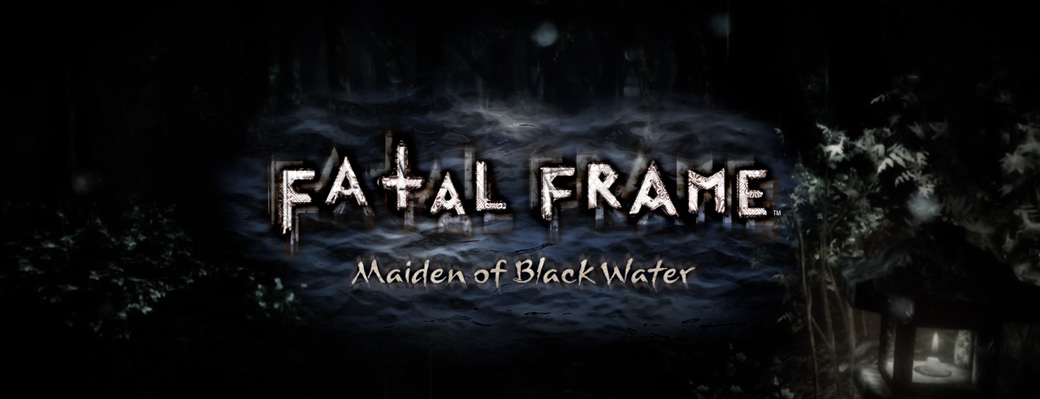
A fair warning, this game is for mature audiences. There is unsavory and disturbing content, mentions of suicide and taboo ritualistic practices.
This review pertains to the Nintendo Switch. It is worth mentioning that I used a Nintendo Switch controller.
Fatal Frame: Maiden of Black Water is the fifth installment in the Fatal Frame series.
Mt. Hikami was once a revered spiritual place, home to many strange beliefs and customs. After a certain incident that happened in the past, the mountain has been reduced to a popular suicide spot where disappearances are often reported.
As the player, you work to unearth the mountain’s grim and sinister secrets using the three main protagonists: Yuri Kozukata, Miu Hinasaki and Ren Hojo, each having their own personal reasons for exploring the accursed location.
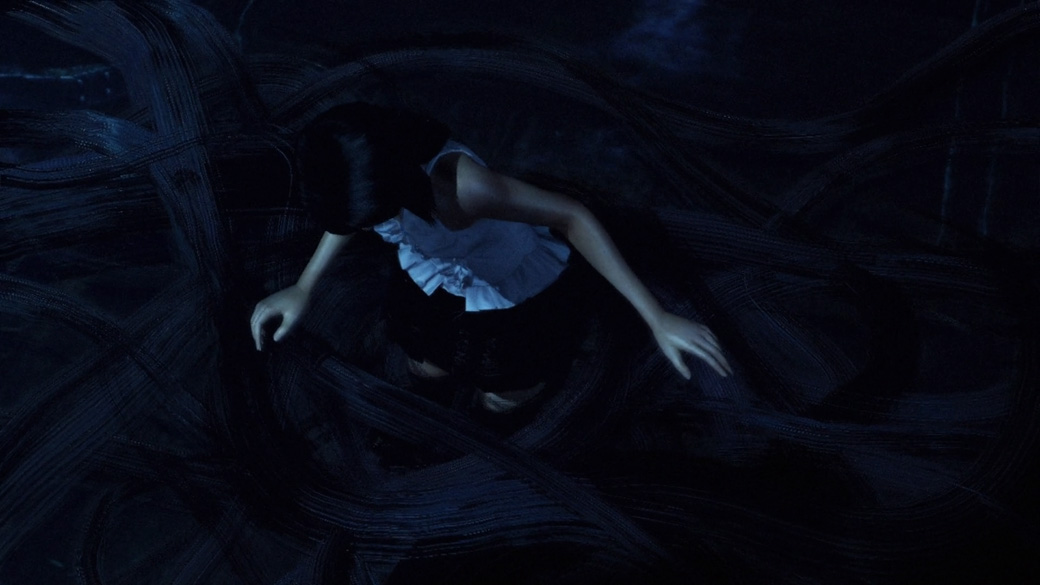
You start the game as Miu Hinasaki, who has been spirited away like many others and progress with Yuri Kozukata, who along with her mentor, Hisoka Kurosawa, have taken on a special request to retrieve an item by Ren Hojo. The purpose of these initial chapters is to show the player how to use the Camera Obscura and Shadow Reading which is capable of revealing Traces of the past provided a Token (item with strong residual spiritual energy) is in possession.
Combat and Defense System
The Camera Obscura is your only means of defense against hostile spirits. The camera is composed of different types of Film (from the weakest and unlimited to the rarest and most powerful), Lenses (which serve different functions such as slowing down or freezing an opponent) and enhancements which can be made to the camera and lenses, affecting both loading speed, damage, etc.
Early in the game, you will pick up Evade which allows you to dodge a spirit in case you miss a shot. Switch allows you to switch between lenses (with the exception of Ren’s camera) and Measure displays a locked-on enemy’s health.
Ren Hojo’s camera is special as it is newer. While you can’t switch between lenses, you can take four consecutive shots and when upgraded, eight. I found his camera to be exceptionally useful and I was not inconvenienced by the lack of lenses.
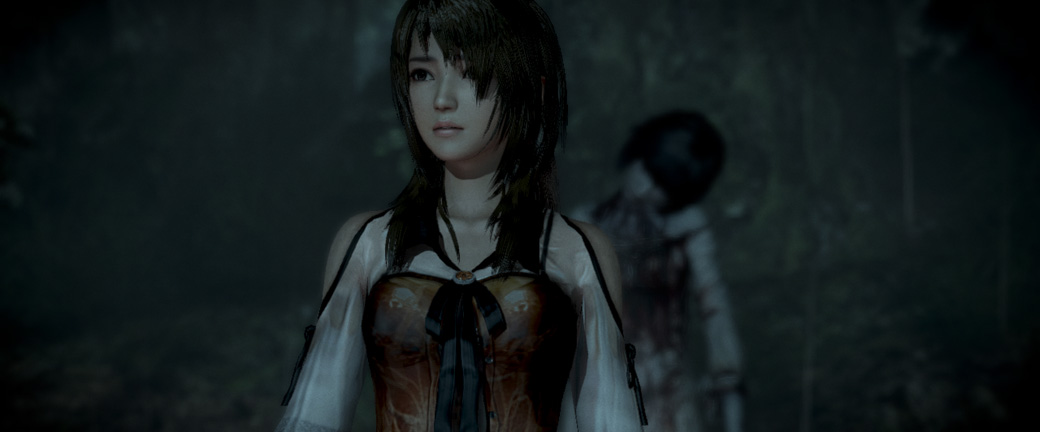
Gameplay
Aside from Shadow Reading, there are other features introduced in gameplay.
Glance allows the player to witness a spirit’s final moments by reaching for them when they are weakened (blurred out).
Tomes, notes and other items can be reconstructed or ‘brought back’ into the real world by using the camera. Once a target is locked on, tilt the camera until the frame is outlined in red and take your shot.
To unlock doors or break seals, sometimes you have to match the picture shown which is why I encourage you to fully explore the location you are in.
Surveillance cameras are used in Kurosawa’s Antiques. While the cameras themselves are only used to monitor activity, I found it to be a rather creative feature, not to mention it adds to the ambience of the game.
Snap Mode: This is a creative camera mode that allows you to pose characters and enemies in a set location. There’s immense freedom with the angles and perspective you can achieve which allows you to fully immerse yourself in the world of photography. (A lot of the pictures for this review were taken using that mode.) My only complaint is that it isn’t always available, as is the case for the House of Joining.

“If one is drenched in Black Water, the water of death, it will slowly consume a person's body.”
Wetness Gauge. Water plays a special importance in Mt. Hikami and this type of importance is also placed in gameplay. The Wetness Gauge acts as a double-edged sword. When the character’s Wetness Gauge is full, the character’s spiritual attack will increase but their defense will decrease. They are also prone to attract hostile spirits easier. Some spirits are also capable of Tainting the protagonist which will make your vision blurry and your health will start to decrease fast. Wetness Meter will normalize on its own or Purifying Embers can be used. Purifying Embers are, however, useless during a storm so don’t bother to use any Purifying Embers until you get to an indoor location or it stops raining.
Support Items
Purifying Embers are one of many support items found in the game to aid the player. Herbal Medicine, for example, restores a small portion of health but is more commonly picked up versus Sacred Water which is capable of fully restoring health. A rare but powerful item such as the Mirrorstone has the power to save you from death once but can be used in every episode.
Auto Save Feature
The story is split into chapters or ‘Drops’ with the duration between each varying on the task and location. The game uses an auto save feature as opposed to the traditional lanterns or special items that were scattered throughout the map in previous games. This makes it both helpful and cumbersome at the same time. For example, when wanting to unlock the second ending, I was forced to replay the entire chapter which isn’t short by any means.
At the end of each chapter, you can purchase additional support items, film, lenses and even outfits. The currency is points accrued based on performance (spirit photography, combat, etc.) Please note: purchasing additional support items than the ones you start with will affect your score if you are playing on normal or higher difficulty.
Locations
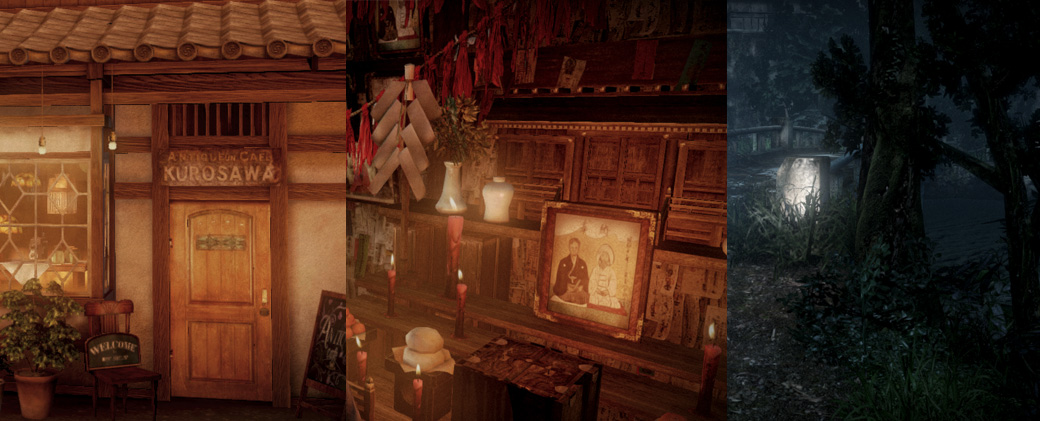
Scenic beauty is all over Fatal Frame: Maiden of Black Water and dilapidated and partially-destroyed structures are not a deterrent to add magnificent and vibrant touches to each location. In terms of physical locations, there’s a lot to explore, from the Mikomori Hot Springs to the Unfathomable Forest, Shrine of Dolls, etc. Some locations easily branch out to others, as is the case of the Forbidden Valley which can lead to the Twilit Peak and Lake of the Departed.
Final Thoughts
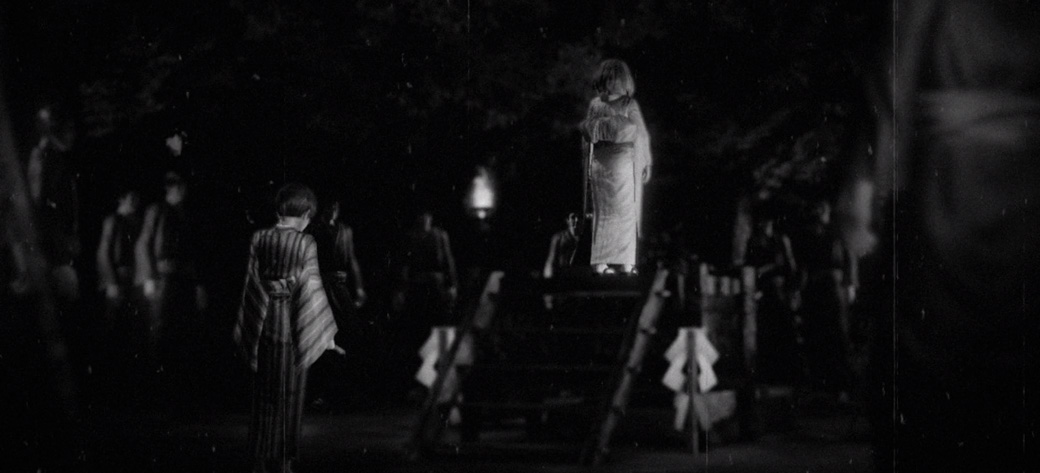
The story was complex, tragic and rich in reading material which is what I love about the Fatal Frame series. The lore on the Maidens of Black Water was fascinating, from the power of their glance down to the very sacrifices made to preserve the purity of the water. The reliquary and caskets served their own purpose, and although sinister and grim, it is explained in throughout detail. The touch on ghost marriage added its own unique and disturbing touch.
While I enjoyed most of the characters for what they stood for, their pain and struggles, I found one character, in particular, overbearing. Rui, who is Ren Hojo’s assistant, did not come off as cute but rather clingy and annoying. Most of the game is spent with her victimizing herself rather than contributing anything useful. Most of the time, she was a liability rather than an asset.
I only played in easy mode since it is the recommended option for those that want to immerse themselves in the story rather than the challenge (and it doesn’t affect your opportunity to unlock both endings). Even in easy mode, I found myself frustrated at times with the amount of spirits that come after you; also in doubles! There’s a chapter where you have to fend off hostile spirits and it seemed as if it would never end.
One thing I found that added immensely to my frustration were the ghost hands. At times, especially when low on health, these ghost hands appear whenever you reach for an item. They are not always easy to evade and if they grab you, it’s difficult to get loose, not to mention they take a portion of your health. It was an unnecessary hassle in my opinion.
Do I recommend this game?
I recommend this game only if you know what you are signing up for. The Fatal Frame series are known for their disturbing imagery, failed rituals that involve human sacrifice and tragedies along with other unsavory topics. The games tend to be rather long and contain a lot of reading material. I also found this game to be easier than any of the previous ones so if you are not very good at horror survival games but you are still interested in the story (like me), this one is definitely for you! Knowledge of previous games is beneficial but not necessary to play the fifth installment.